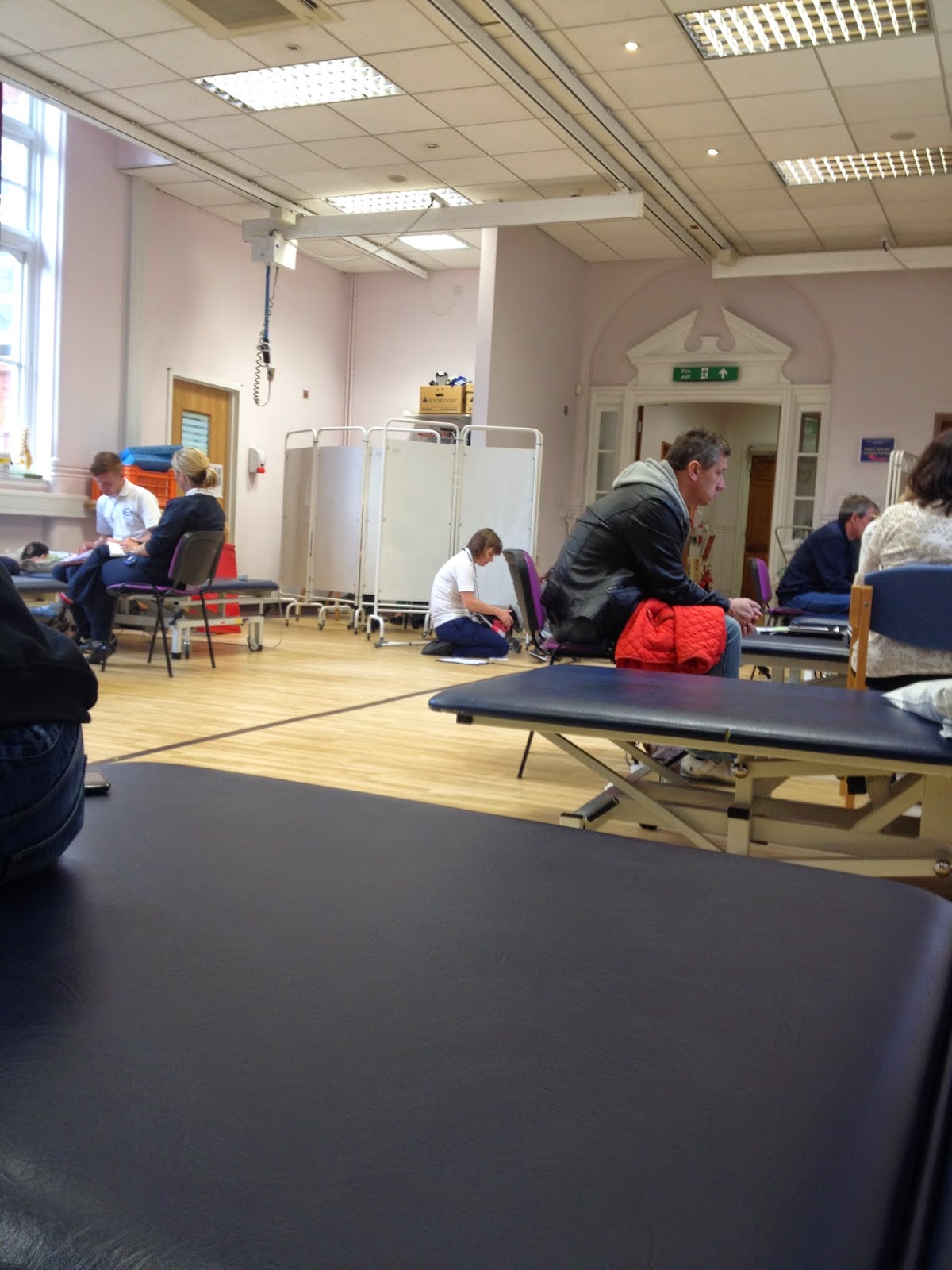Chair Lift
A chair lift allows a person who is difficult to travel up and down the stairs more easily.
Stair-lifts have become fairly famous over the last few years and thus many more people are thinking about taking the plunge into getting one. For people for whom a lift is simply unfeasible or too expensive, a stair lift can provide a very exciting and a very useful alternative. Stair lifts can allow elderly people, but also younger people with mobility problems, to have a greater degree of independence and stay in their own homes much longer as they make it much easier for people to travel between the different levels of their home.
Whereas once it may well have been a chore to walk up stairs to go the bathroom or to go up to bed, it can be much easier and much more relaxing once a stair lift has been installed.
Stair lifts can be fitted onto the side of your banister and thus there is no major structural reworking which needs to be done to your house; this means that you don’t have to be stressed by lengthy and unnecessary work being done on your house- stair lifts are also cheaper than disabled lifts or passenger lifts.
Wheelchairs
A person may use a wheelchair for many different reasons. Many people in wheelchairs suffer from partial or complete paralysis, which is the loss of control over the movement of some part of the body. Paralysis can result from injury to the nervous system, including the brain or spinal cord, or damage to the muscles that control movement. It can also be caused by certain diseases that affect the nervous system, including multiple sclerosis. Some people use a wheelchair not because they are paralyzed but because an injury or disease-like arthritis or scoliosis-has made walking extremely painful or difficult. Many older people, suffering from a stroke, a broken hip, or perhaps simply the weakness and frailty that sometimes accompany old age, must use a wheelchair to get around.
There are many different kinds of wheelchairs, from the manual types that are propelled by moving railings attached to the wheels, to electric wheelchairs that are operated by hand controls that resemble the joysticks used in video games. Some people prefer a motorized cart, or scooter, with either three or four wheels. These carts are generally smaller and easier to manoeuvre than typical wheelchairs.










